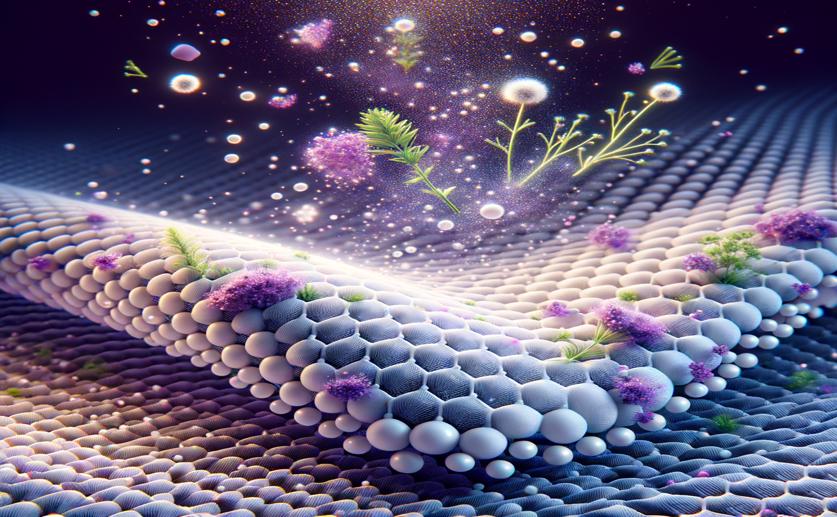
Advanced Healing Fabric Infused with Yarrow and Violet Extracts
Jenn Hoskins
28th April, 2024

Image Source: Natural Science News, 2024
Key Findings
- In an Iranian study, dressings with Viola extract showed better wound protection and healing than those with Achillea millefolium
- Viola extract dressings were stronger and had higher antibacterial activity against skin infection-causing bacteria
- These dressings released healing agents steadily over 72 hours, reducing the need for frequent changes
References
Main Study
1) CDI crosslinked chitosan/poly (vinyl alcohol) electrospun nanofibers loaded with Achillea millefolium and Viola extract: A promising wound dressing.
Published 15th July, 2024 (future Journal edition)
https://doi.org/10.1016/j.carbpol.2024.122117
Related Studies
2) Wound dressing based on electrospun PVA/chitosan/starch nanofibrous mats: Fabrication, antibacterial and cytocompatibility evaluation and in vitro healing assay.
3) Polysaccharide-based hydrogels containing herbal extracts for wound healing applications.
4) Tetracycline hydrochloride-loaded electrospun nanofibers mats based on PVA and chitosan for wound dressing.



 6th April, 2024 | Jenn Hoskins
6th April, 2024 | Jenn Hoskins